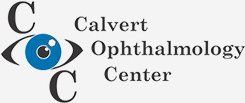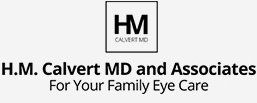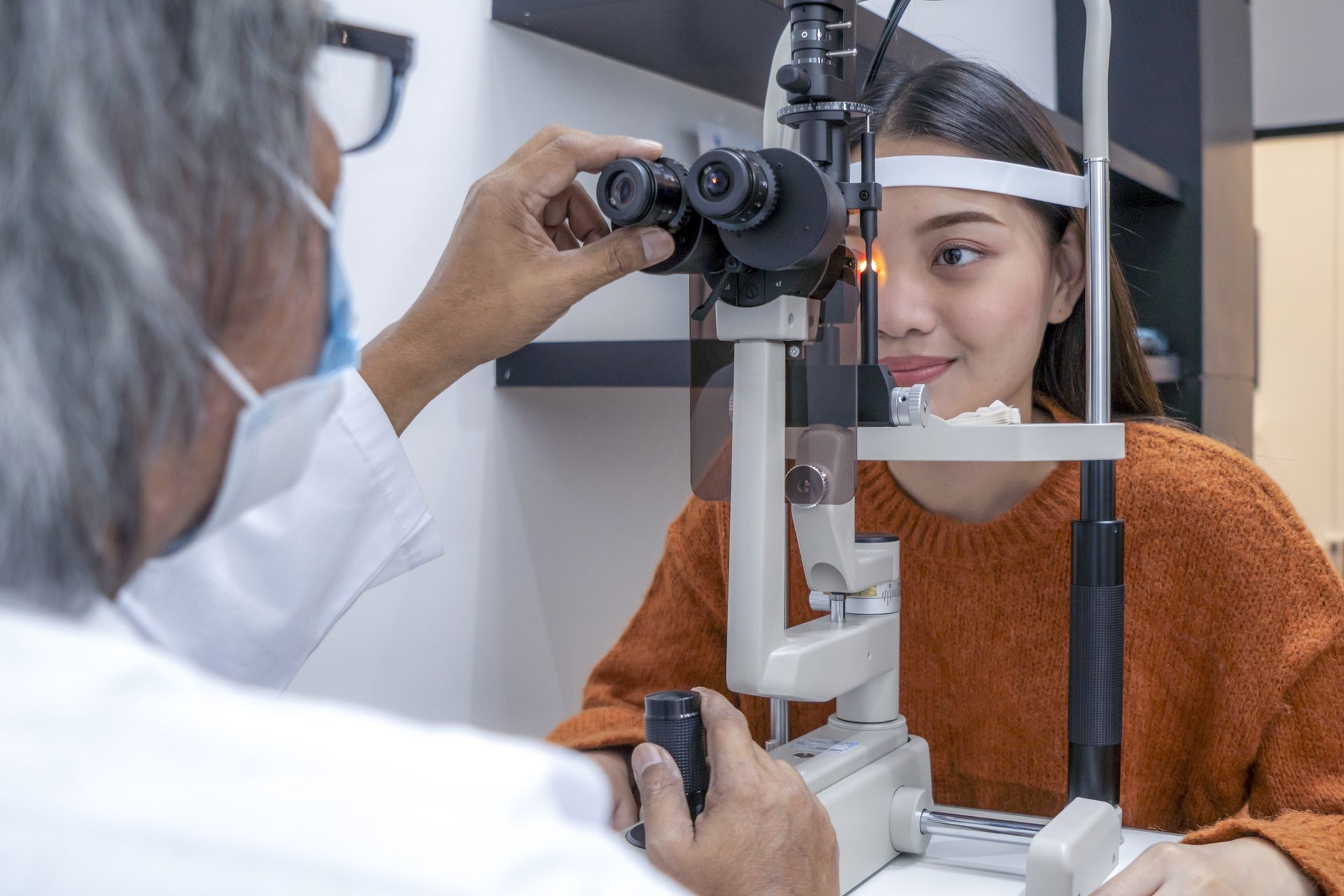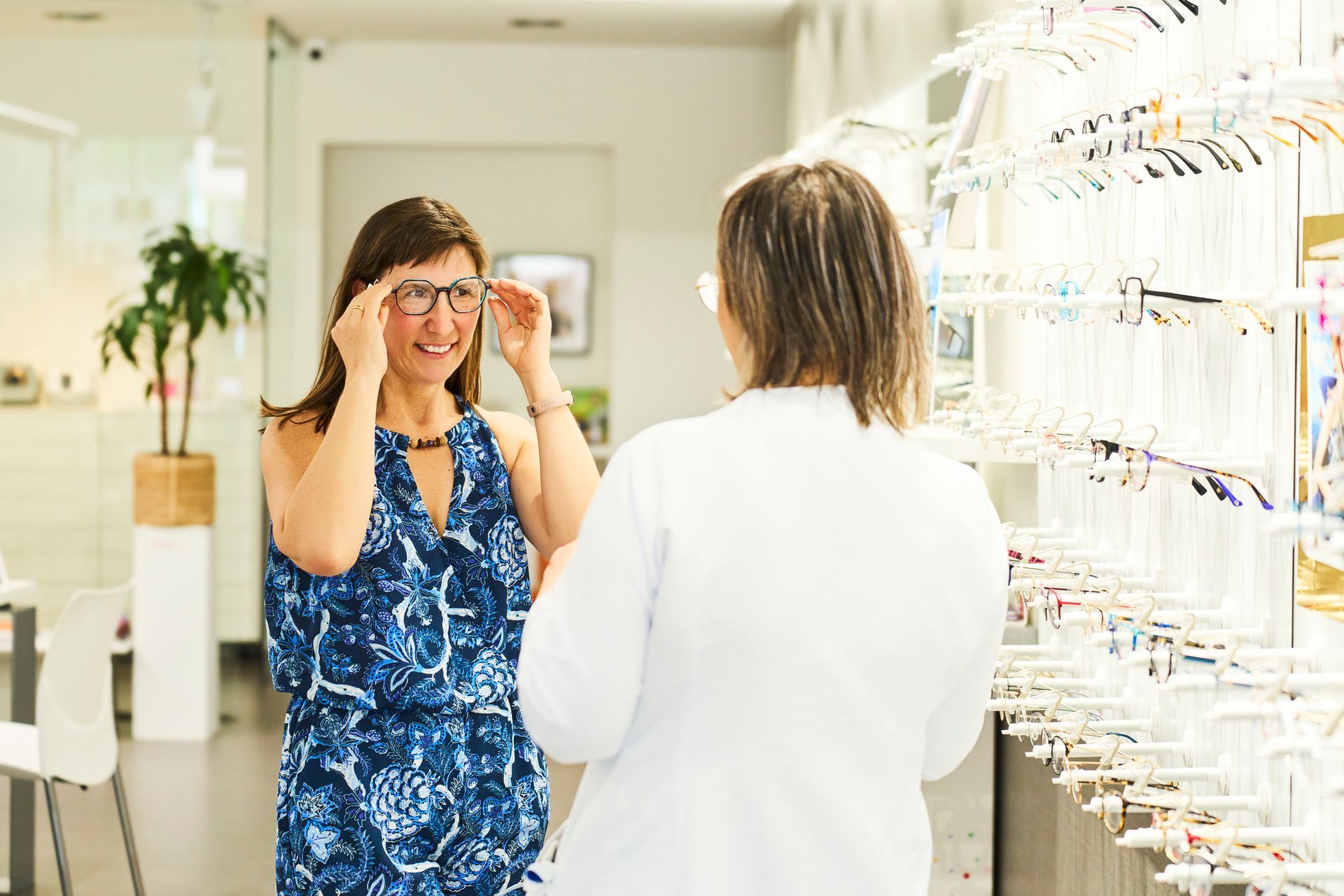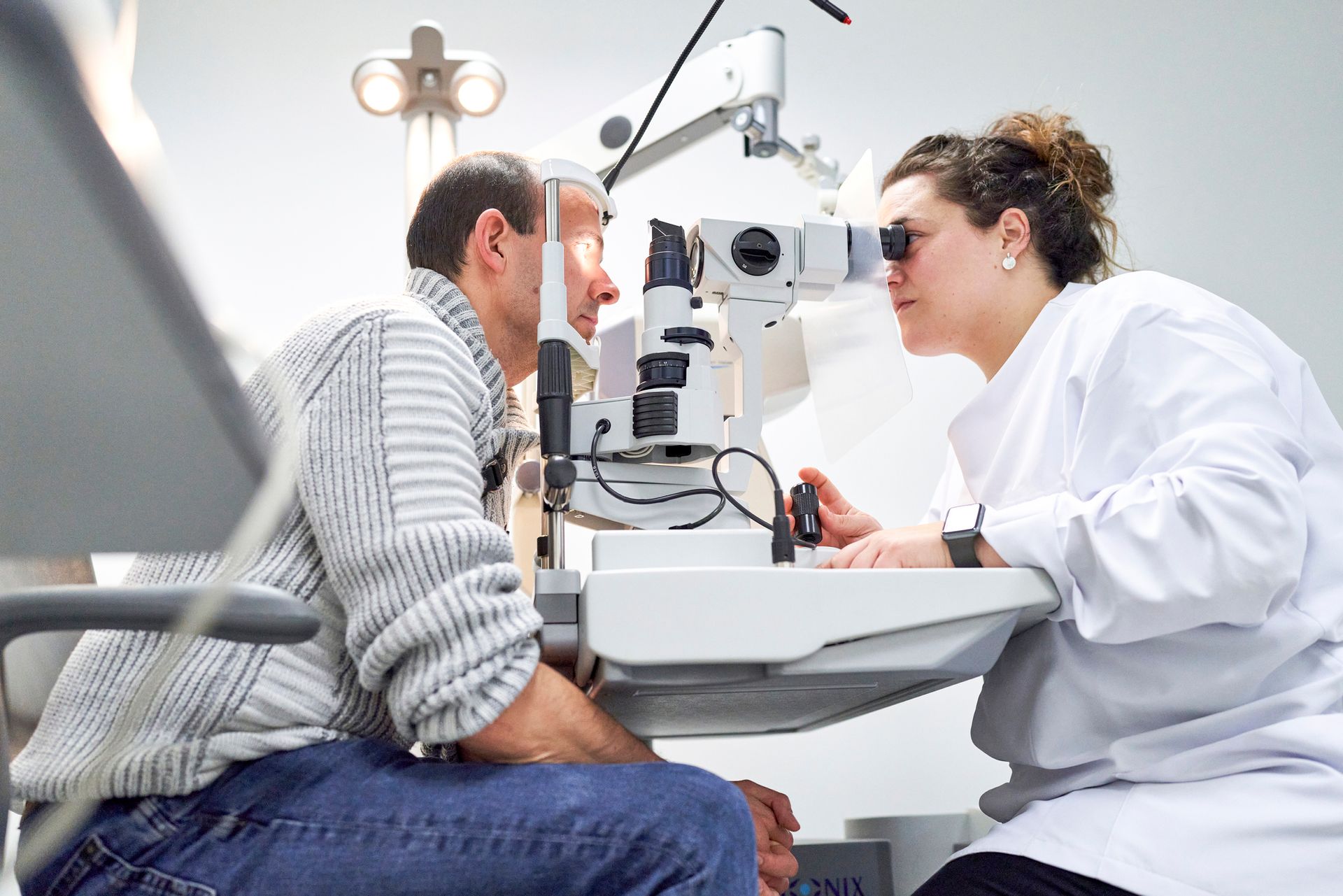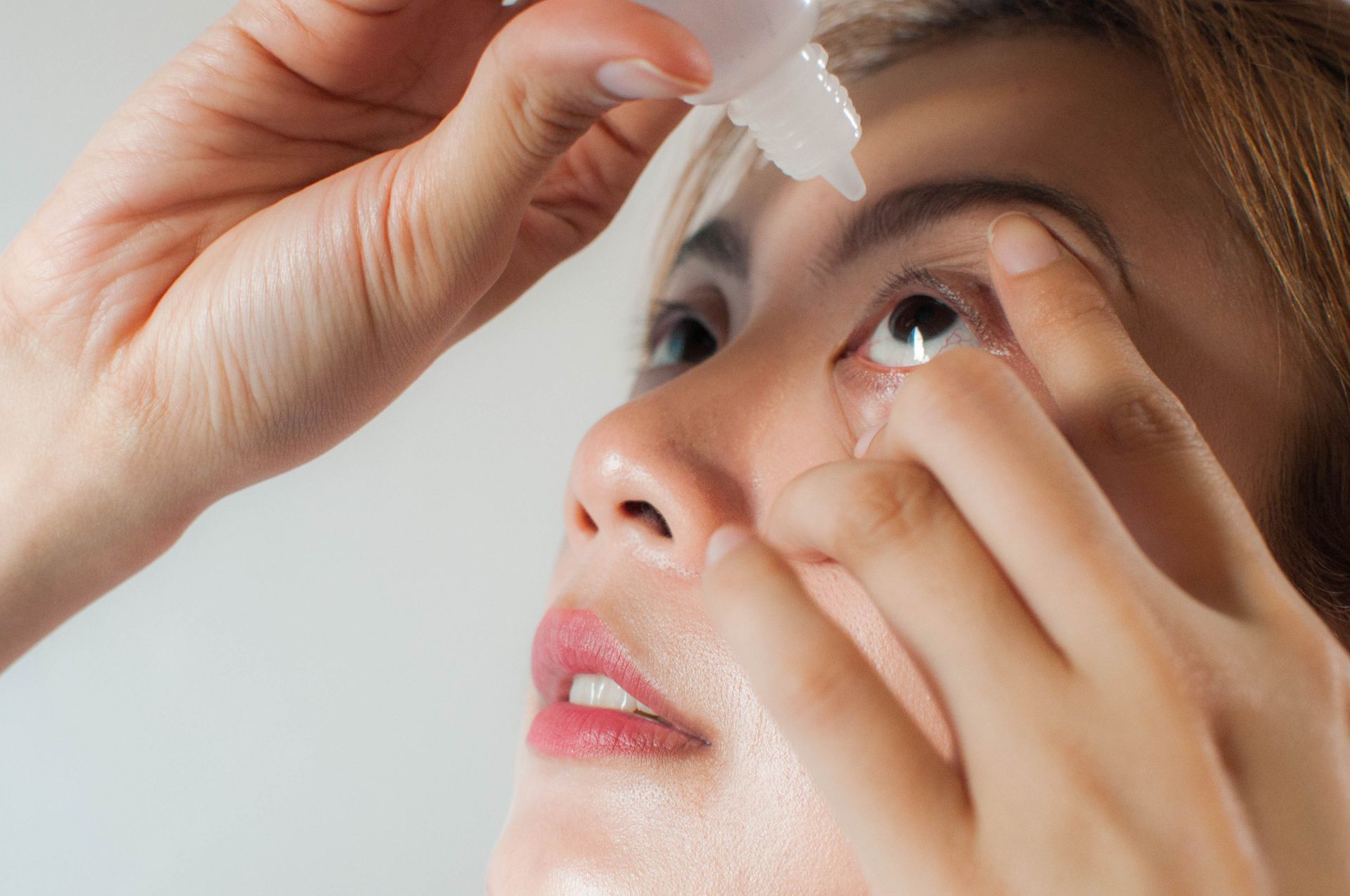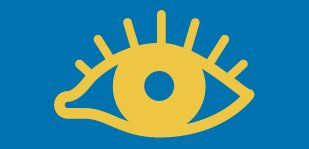Protect Teens' Eyes During Sports Season

From protective padding to physical therapy, young athletes possess plenty of tools to stay safe on the field or court. But are you doing enough to protect your active teenager's eyes and vision? Read on to learn the top five ways you and an ophthalmologist can help keep your adolescent athlete's eyes on the prize.
1. Guard Against Injury
According to the National Eye Institute (NEI), sports-related eye injuries lead to about 100,000 doctor visits each year. These injuries are the primary cause of childhood blindness. The NEI further estimates that 90 percent of them could have been avoided with the right equipment.
Certain sports like lacrosse, hockey, and racquetball typically require all athletes to wear headgear. For other high-intensity games like soccer, baseball, or basketball, protective eye-wear may be optional. In these cases, you should always err on the side of caution when it comes to your child's vision.
If your teen's team has official eye-wear standards or uses mandatory face shields, follow those guidelines. Otherwise, a pair of polycarbonate sports glasses offer the best all-around protection for teenagers on the move. When in doubt, speak to your child's coach and ophthalmologist to find the safest and most effective solution.
2. Switch to Contact Lenses
Even if your child's sport doesn't require protective gear, you may find that standard glasses do more harm than good. Not only are they prone to slipping and mud splatters, but one stray elbow is all it takes to snap frames and crack lenses. To avoid the potential hazard and expense, consider switching to contact lenses.
Contact lenses allow your teen to focus on and process images naturally. They are also more compatible with protective lenses, eliminating the need for prescription sports glasses. For both convenience and safety, contact lenses are preferred in most sports.
3. Reduce UV Exposure
Physical injuries aren't the only way time outside can damage eyes. Just as ultraviolet radiation from the sun harms skin cells, it has a negative effect on vision. Overexposure to UV light can lead to sight deterioration, cataracts, and unnatural growths around the eyes. Eyes can even experience a form of sunburn called photokeratitis.
Luckily, UV damage is easy to counteract with a little preparation. Sunglasses and similarly shielded sports glasses act as filters against UV rays without compromising performance. When possible, use wraparound lenses to further block reflected light.
4. Catch Infections Early
Sports encourage close contact between athletes, but that camaraderie also carries risks. Infectious diseases that cause conjunctivitis, or pink eye, spread quickly through shared towels, handshakes, or pool water. Additionally, small injuries to the eye may become infected during the healing process.
At best, an eye infection can sideline an athlete for days or weeks at a time. At worst, it can cause permanent damage. When you schedule regular appointments with an ophthalmologist, you can catch these infections before they become a serious threat.
5. Correct Vision to Improve Performance
Strong sight improves athletic performance, but it's also an important safety factor. Without adequate visual acuity, reflexes, and hand-eye coordination, your teenager is more likely to incur all kinds of injuries. One misjudged catch or swing can be all it takes to end up at the doctor's office.
Because of this danger, you need to monitor your child’s vision. Ophthalmologists are able to measure response times and pinpoint any visual problems that may be slowing them down. This type of exam tends to be more intensive than a standard check-up, designed to catch specific issues related to sports.
Nothing matters more than preserving your child's health and safety during the sports season. Contact us at Calvert Ophthalmology Center today to help your teenager's vision mature as intended and prevent any unnecessary damage to his or her sight.
